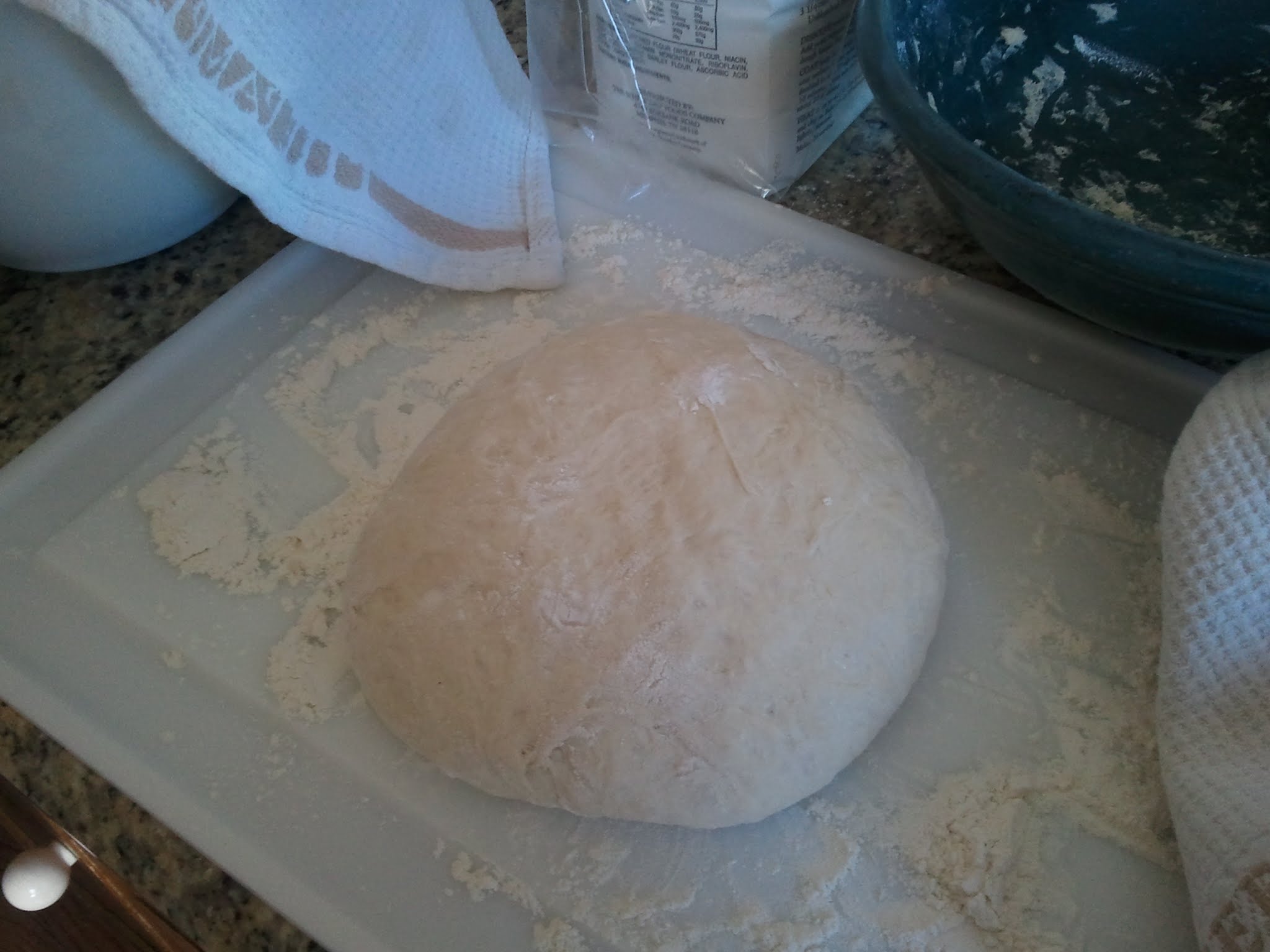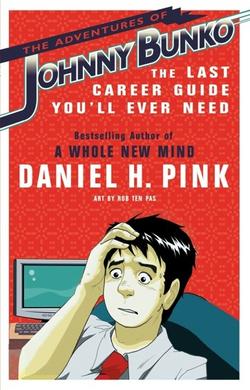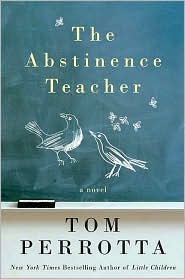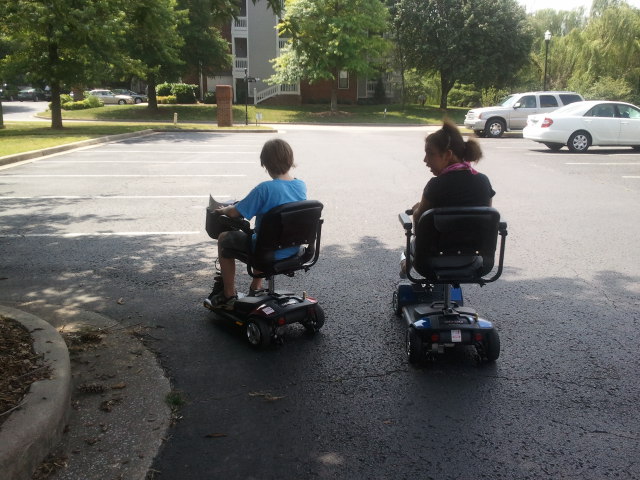Having decided that happiness has as much to do with what I don’t do as anything I might accomplish, I am pretty protective of my time and to-do lists. I don’t volunteer for boards and committees that suck my oxygen. I don’t spend my time watching movies that contain peril or violence or mean people. I don’t sign my kids up for every activity sent home on a flyer.
All of these don’ts add up to a wonderful amount of time to focus on the things I do.
One of the things I do is bake bread. And if I’m going to spend my time baking bread, I’m going to use tools that feel and look wonderful. It’s going to be a process that feeds me as much as the product does. I mix the dough with a wooden spoon that was carved for me by Karen Davis in a batter bowl that was hand made for me by Patrick Green. I think about these sweet souls as I measure, pour, and mix.
There is something magical about creating bread from simple ingredients — flour, water, salt, yeast. You mix around these staples and wait a bit and then shape them into a loaf and then wait some more and then put them in the oven and wait some more. And then… bread! But it’s hot, so you have to wait some more.
I could draw all sorts of correlations between the process of baking bread and life in general. We all get the basic ingredients when we start out. Sure, some folks get nicer spoons and bowls. But in the end, given patience and practice and effort and even time to rest, we can bake a pretty decent loaf. And just because we don’t like how the loaf turned out doesn’t mean we’re stuck with it. We still have choices and the ability to transform what we’ve created into something else.
Of course, sometimes bread is just bread. But there’s a reason the traditional Christian prayer begs, “Give us this day our daily bread.” It’s food. It’s sustenance. At its essence, it is the stuff of life. And, yeah, I can pick up a loaf on just about any corner for a couple of dollars, but there’s something to be said for knowing how to make your own.
I certainly understand how folks get to the point where they are scrounging for crumbs and taking whatever morsels are tossed their way. Sometimes life is really hard. Crappy stuff happens. People can be pretty mean. We get blindsided by a bad choice or two or ten. It just seems futile to keep pushing the rock uphill. There is nothing that makes me sadder than to meet someone who feels defeated or to hear about a suicide. I’ve certainly had my share of low moments, but I’ve lived through them and beyond them and can report from the other side that it gets better.
It takes a decision, though.
In order to live a delightful, on purpose life of abundance and bliss, we have to first decide that we, ourselves just as we are, are enough. We have everything we need to be just fine. And we can be okay if we add nothing and take away nothing away.
We are enough. We are plentiful. We are abundance. We are bliss.
Flour. Water. Salt. Yeast. Time. Effort. Rest. Warmth. Love.
It’s all we need.
But a little butter or jam or cheese or fruit doesn’t hurt.
About the Bread:
I make several kinds of bread, but quick loaves and No-Knead breads are my favorites. I’ll share more about quick breads in a later post.
The loaves in the pictures above are cooked in my home oven using a variation on Mark Bittman’s No-Knead Bread. It’s basically 3 cups of flour, a cup and a half of water, a quarter teaspoon of yeast and 3/4 of a Tablespoon of kosher salt and a lot of waiting. Sometimes I shorten the recipe by doubling the yeast and adding a bit of red wine vinegar. Sometimes I bake it in a covered pot or a Dutch oven. Sometimes I put a broiler pan of water under my baking stone. Sometimes I leave it gooey inside because Ned Andrew loves his bread that way.
For step-by-step instructions, no one does a better job of explaining Mark Bittman’s No-Knead bread than Jaden Hair.
If you like videos, here’s Mark Bittman and Jim Lahey demonstrating the original No-Knead Bread and a faster version.
If you bake a loaf, I’d love to hear about it!


















your thoughts